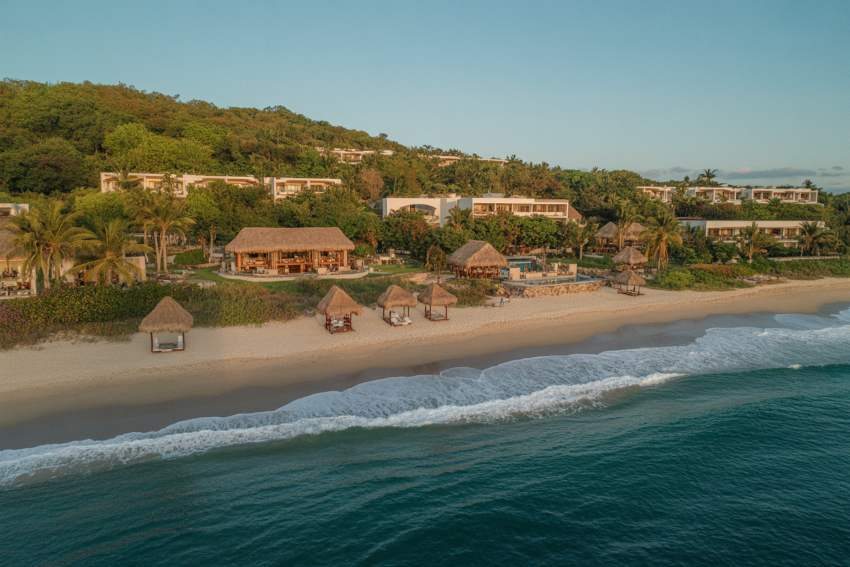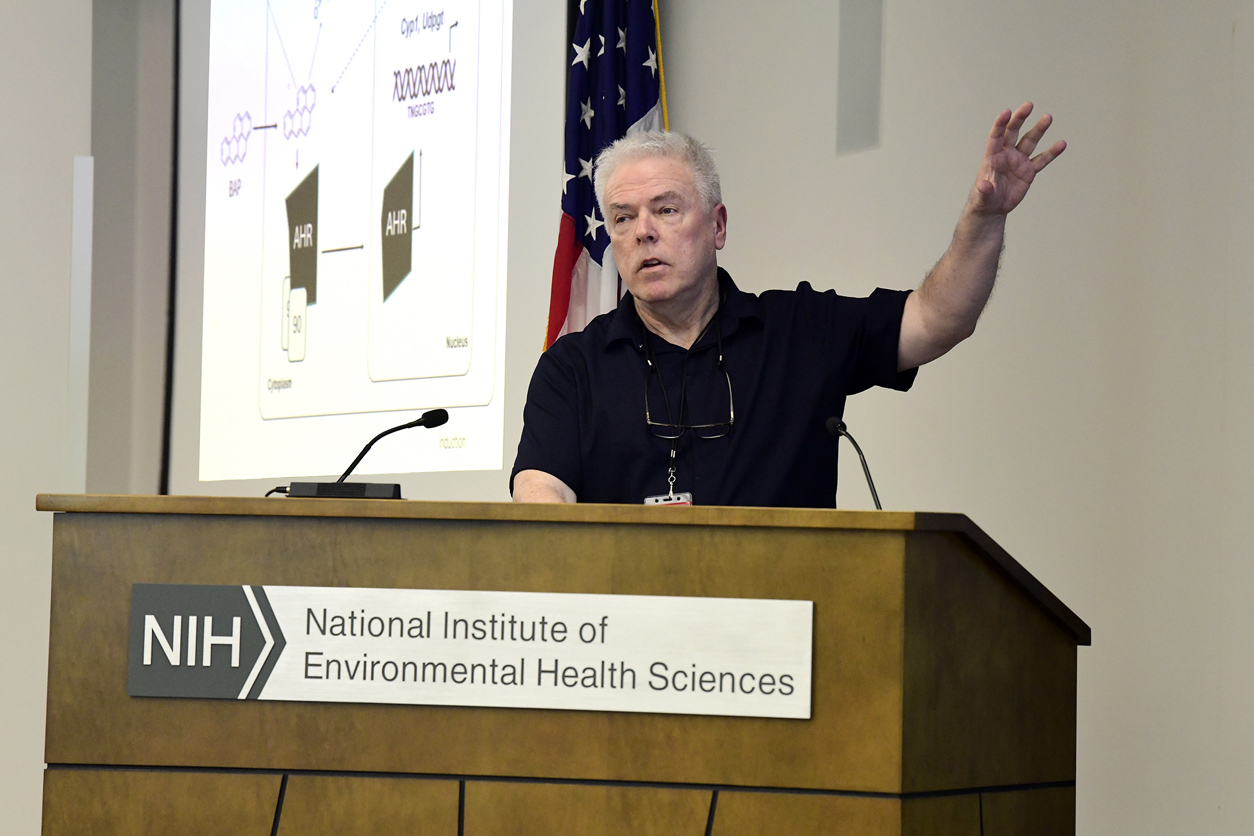Riviera Nayarit, Mexico: Leading the Way in Sustainable Tourism in Latin America – Travel And Tour World

Report on Sustainable Tourism Development in Riviera Nayarit
Executive Summary
Riviera Nayarit, located on Mexico’s Pacific coast, is advancing as a premier model for sustainable tourism in Latin America. The region has implemented a comprehensive strategy that aligns with the United Nations Sustainable Development Goals (SDGs), focusing on environmental preservation, social equity, and economic viability. A significant indicator of this commitment is the certification of nearly 40% of its hotels under international sustainability standards, with a strategic goal to increase this to 60% by the end of 2025. This report details the region’s strategic approach, measurable impacts, and alignment with global sustainability trends, establishing a benchmark for responsible tourism.
Strategic Framework and Alignment with Sustainable Development Goals (SDGs)
Riviera Nayarit’s tourism strategy is fundamentally integrated with principles of sustainability, recognizing the necessity of balancing economic growth with environmental and social responsibilities. This approach directly supports several key SDGs.
Commitment to Responsible Consumption and Production (SDG 12)
The core of the region’s strategy involves promoting sustainable practices within the hospitality sector. This is achieved through the adoption of rigorous international certification programs.
- Certification Standards: Hotels are encouraged to obtain certifications such as EarthCheck, Green Key, and Distintivo S, which mandate adherence to strict criteria for resource management.
- Operational Efficiency: These standards focus on key performance areas including energy efficiency, water conservation, waste management, and the preservation of local biodiversity.
- Public-Private Partnerships (SDG 17): The regional government and tourism authorities collaborate with hotel operators and sustainability experts to facilitate the certification process and integrate best practices across the industry.
The Role of Sustainability Leadership
The strategic direction has been significantly influenced by sustainability specialist Daniel Madariaga Barrilado. His work emphasizes the integration of technology and social responsibility to foster a regenerative tourism model.
- Transformative Impact: Madariaga Barrilado views certifications as catalysts for industry-wide transformation, enabling hotels to reduce their carbon footprint and contribute positively to environmental conservation.
- Community-Centric Development (SDG 11): His advocacy for sustainable mobility and community involvement aims to create a more inclusive and equitable tourism model, improving the quality of life for local residents.
Measurable Impacts on Sustainable Development Goals
The sustainability initiatives in Riviera Nayarit have yielded quantifiable environmental, social, and economic benefits, demonstrating tangible progress towards the SDGs.
Environmental Achievements
Certified hotels have demonstrated significant improvements in resource management, directly contributing to climate action and the protection of ecosystems.
- Climate Action (SDG 13): Energy consumption has been reduced by up to 20% through the adoption of efficient technologies and renewable energy sources.
- Responsible Consumption (SDG 12): Solid waste generation has been decreased by nearly 50% via comprehensive recycling, composting, and waste reduction programs.
- Life on Land (SDG 15) and Life Below Water (SDG 14): Advanced water management systems have improved conservation, while the promotion of eco-tours and wildlife conservation initiatives enhances biodiversity protection and environmental awareness among tourists.
Socio-Economic Progress
The focus on sustainable tourism has generated positive impacts for local communities, aligning with goals for economic growth and sustainable communities.
- Decent Work and Economic Growth (SDG 8): The adoption of sustainable practices has stimulated job creation and fostered local entrepreneurship within the green economy.
- Sustainable Cities and Communities (SDG 11): Investments in sustainable mobility and the development of safer, walkable urban spaces have enhanced the living environment for both residents and visitors. Regenerative tourism models have strengthened community engagement in the preservation of cultural and natural heritage.
Market Response and Future Outlook
Meeting Global Demand for Sustainable Travel
Riviera Nayarit is effectively capitalizing on a global shift in consumer preferences. Market research indicates that 87% of travelers prefer accommodations committed to environmental conservation. By positioning itself as a destination that prioritizes sustainability, the region attracts eco-conscious tourists, enhancing its market competitiveness.
Conclusion: A Model for Responsible Tourism
Riviera Nayarit’s unwavering commitment to sustainability is setting a new standard for tourism in Latin America. By systematically integrating the Sustainable Development Goals into its core strategy, the region demonstrates that a tourism model can successfully balance environmental stewardship, social responsibility, and economic prosperity. As it progresses towards its certification goals, Riviera Nayarit is poised to become a global leader in responsible and regenerative tourism.
Analysis of Sustainable Development Goals in the Article
1. Which SDGs are addressed or connected to the issues highlighted in the article?
-
SDG 6: Clean Water and Sanitation
The article highlights efforts in water management, mentioning that many hotels have adopted systems to reduce water usage and promote recycling and reuse. This directly connects to the goal of ensuring the availability and sustainable management of water.
-
SDG 7: Affordable and Clean Energy
The text explicitly states that certified hotels have reduced energy consumption by up to 20% by implementing energy-efficient technologies and using renewable energy sources, which aligns with the goal of ensuring access to clean and affordable energy.
-
SDG 8: Decent Work and Economic Growth
The article discusses how Riviera Nayarit’s sustainable tourism model is creating jobs, fostering local entrepreneurship, and balancing economic growth with social responsibility. This directly addresses the promotion of sustained, inclusive, and sustainable economic growth.
-
SDG 11: Sustainable Cities and Communities
The focus on improving the quality of life for residents, preserving cultural heritage, investing in sustainable mobility (like walkability), and managing waste effectively connects to the goal of making human settlements inclusive, safe, resilient, and sustainable.
-
SDG 12: Responsible Consumption and Production
This is a central theme. The article details the region’s push for sustainable tourism through hotel certifications (EarthCheck, Green Key) that enforce rigorous standards for energy efficiency, waste management, and water conservation, directly reflecting the goal of ensuring sustainable consumption and production patterns.
-
SDG 14: Life Below Water & SDG 15: Life on Land
The article’s emphasis on the preservation of local ecosystems, wildlife conservation initiatives, and nature-based excursions points to efforts to protect both marine and terrestrial ecosystems, which is crucial for a coastal destination like Riviera Nayarit.
2. What specific targets under those SDGs can be identified based on the article’s content?
-
Target 6.4: Increase water-use efficiency
The article mentions that “Water management has also improved, with many hotels adopting systems that reduce water usage and promote the recycling and reuse of water,” which directly supports the target of increasing water-use efficiency across sectors.
-
Target 7.3: Double the global rate of improvement in energy efficiency
The achievement of certified hotels reducing “their energy consumption by up to 20%, thanks to the implementation of energy-efficient technologies” is a clear effort towards improving energy efficiency.
-
Target 8.9: Promote sustainable tourism
The entire article is about Riviera Nayarit’s strategic focus on developing a “sustainable tourism model that benefits not just the environment but also the local communities.” It also notes that this model creates jobs and fosters local entrepreneurship, aligning perfectly with this target.
-
Target 11.4: Strengthen efforts to protect and safeguard the world’s cultural and natural heritage
The article states that regenerative tourism has “helped to strengthen the connection between local communities and the tourism industry,” leading to residents becoming “more engaged in preserving their cultural heritage and natural resources.”
-
Target 11.6: Reduce the adverse per capita environmental impact of cities, including… waste management
The focus on waste management, where certified hotels “have managed to reduce their solid waste by nearly 50%,” directly contributes to reducing the environmental impact of the tourism-focused region.
-
Target 12.5: Substantially reduce waste generation
This target is addressed by the statement that hotels have reduced solid waste “through effective recycling programmes, composting initiatives, and waste reduction strategies.”
-
Target 12.b: Develop and implement tools to monitor sustainable development impacts for sustainable tourism
The use of international certification standards like “Distintivo S, Green Key, and EarthCheck” serves as a tool to monitor and ensure that hotels are adhering to rigorous sustainability standards, which is the core of this target.
3. Are there any indicators mentioned or implied in the article that can be used to measure progress towards the identified targets?
-
Percentage of hotels with sustainability certification
This is a directly mentioned indicator. The article states, “Almost 40% of its hotels have earned certification” and sets a future goal: “to have 60% of its lodgings certified by the end of 2025.” This measures progress towards Target 12.b.
-
Percentage reduction in energy consumption
The article provides a specific metric: “Certified hotels in the region have successfully reduced their energy consumption by up to 20%.” This is a clear indicator for measuring progress on Target 7.3.
-
Percentage reduction in solid waste
A quantifiable indicator is mentioned: “Riviera Nayarit’s certified hotels have managed to reduce their solid waste by nearly 50%.” This measures progress towards Targets 11.6 and 12.5.
-
Implementation of water conservation systems
While not quantified with a percentage, the article implies an indicator by stating that “many hotels adopting systems that reduce water usage and promote the recycling and reuse of water.” Progress could be measured by the number or percentage of hotels implementing such systems, tracking progress for Target 6.4.
-
Number of jobs created in the sustainable tourism sector
This is an implied indicator. The article states that the region is “creating jobs, fostering local entrepreneurship, and improving the quality of life for residents” through its sustainable tourism model, which can be used to measure progress towards Target 8.9.
4. Table of SDGs, Targets, and Indicators
| SDGs | Targets | Indicators |
|---|---|---|
| SDG 6: Clean Water and Sanitation | 6.4: By 2030, substantially increase water-use efficiency across all sectors. | Implementation of systems in hotels that reduce water usage and promote recycling and reuse. |
| SDG 7: Affordable and Clean Energy | 7.3: By 2030, double the global rate of improvement in energy efficiency. | Reduction in energy consumption by up to 20% in certified hotels. |
| SDG 8: Decent Work and Economic Growth | 8.9: By 2030, devise and implement policies to promote sustainable tourism that creates jobs. | Creation of jobs and fostering of local entrepreneurship through the sustainable tourism model. |
| SDG 11: Sustainable Cities and Communities | 11.6: By 2030, reduce the adverse per capita environmental impact of cities, including… waste management. | Reduction of solid waste by nearly 50% in certified hotels. |
| SDG 12: Responsible Consumption and Production | 12.5: By 2030, substantially reduce waste generation through prevention, reduction, recycling and reuse.
12.b: Develop and implement tools to monitor sustainable development impacts for sustainable tourism. |
Reduction of solid waste by nearly 50% through recycling and composting.
Percentage of hotels with sustainability certifications (40% currently, with a goal of 60% by 2025). |
| SDG 14 & 15: Life Below Water & Life on Land | 14.2 / 15.1: Sustainably manage and protect marine and coastal/terrestrial ecosystems. | Implementation of eco-tours and wildlife conservation initiatives. |
Source: travelandtourworld.com
What is Your Reaction?
 Like
0
Like
0
 Dislike
0
Dislike
0
 Love
0
Love
0
 Funny
0
Funny
0
 Angry
0
Angry
0
 Sad
0
Sad
0
 Wow
0
Wow
0


















































.jpg.webp?itok=0ZsAnae9#)





/environment-climate-change-and-health-(ech)/water-sanitation-hygiene-and-health-(wsh)/landfill-tuvalu-36092.tmb-1200v.jpg?sfvrsn=5c21fe40_1#)



















